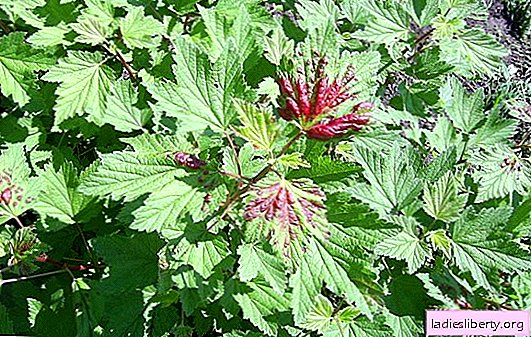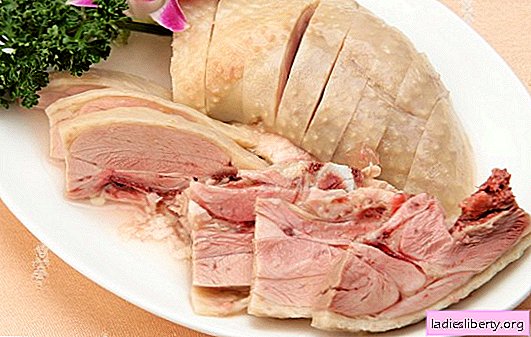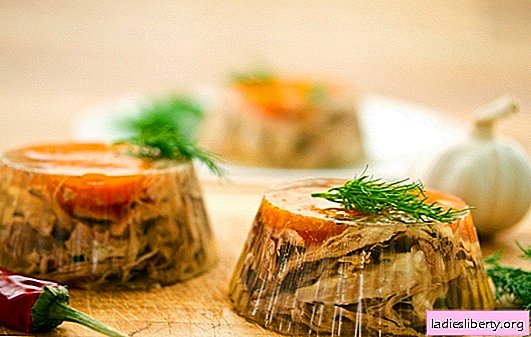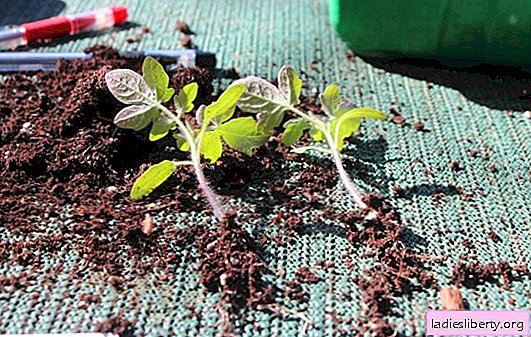
Without proper care and prevention, this plant very quickly catches viruses of all stripes, which are also transferred by insects to healthy plants.
I’ll tell you a simple secret: you can’t keep currants in a thickened state. Pruning, digging and timely fertilizer are the main assistants to the gardener.
If your favorite bush is still sick, then you need to make a diagnosis and start treatment.
Powdery mildew
This disease is caused by a fungus that forms a whitish coating on the leaves, berries and shoots. At first light gray, plaque gradually darkens. Powdery mildew most often occurs in young, actively developing bushes.

Affecting the plant, the fungus sucks out useful substances from it, as a result of which the bush dries up. Wintering in the same place, in their own fruit formations, which are very difficult to notice: dark spots on the shoots merge with the bark. It spreads to other plants by spores, so it is very important to quickly take action until the disease has hit the rest of the bushes.
In blackcurrant, diseases and treatment are often associated with fertilizer application. So, powdery mildew can develop due to an excess of nitrogen in the soil. In the process of treatment, you need to adjust the balance of fertilizers so that there is no relapse.
Basically, diseases are treated by spraying. The whole bush, including the lower part of the leaves, is subject to processing. For the procedure, choose a dry, calm evening. You can use any fungicides and folk remedies. Among the most effective recipes are the following:
• soda solution - 10 l of water and 50 g of soda ash; with this composition, currants are sprayed immediately after flowering;
• 1 kg of sifted wood ash is poured with a bucket of water, laundry soap is added (so that the mixture sticks to the plant better) and insisted for several days. Before spraying, the infusion is filtered;
• before the buds bloom, you can apply a solution of copper sulfate - 80 g of the product per 10 liters of water.
Be sure to do the prevention of the disease: cut bushes, clean and burn fallen leaves, in which pests can winter. In the event that the climate is favorable for the development of fungal diseases, it is advisable to change the varieties of currants to more resistant to powdery mildew.
Blackcurrant disease control: Anthracnose
Anthracnose, or fly-fly, is another fungus from which the currant bush suffers. Its rapid development contributes to a humid climate. First, small dark dots appear on the leaves, which increase with the progression of the disease.

Brown spots caused by anthracnose affect leaves and fruits, deform them and weaken the plant. Basically, the fungus settles on green shoots that do not have time to wood. Falling of leaves that have dried to maturity leads to metabolic disorders, and this, in turn, significantly reduces the winter hardiness of currants. A good preventive measure is the timely destruction of infected leaves: anthracnose spores winter on fallen leaves. Among the fungicides that cope well with a fly fly, the following drugs appear:
• "Fitosporin";
• "Previkur";
• "Acrobat";
• "Ridomil".
Each of them is used in accordance with the instructions.
Rust on blackcurrant: diseases and treatment
Orange growths on the leaves and stem are rust. For its development, too much abundant watering in the spring is enough. If in the immediate vicinity of the currant bush there is a pond or swamp, then the plant needs to be transplanted away, or drainage of the catchment: it is on the sedge that spores of glass rust live and multiply.
Columnar or goblet rust covers both the fruits and the green part of the currant with bright spots; infected areas die quickly and crumble.

Both types of fungus are treated with the same fungicides:
• "Topaz";
• "Previkur";
• "Fitosporin-M".
These drugs inhibit the development of the fungus, preventing spores from ripening and spreading the next crop to other plants. In addition, you can spray the bush three times with 1% Bordeaux fluid: when opening the buds, before and after flowering.
Prevention of the disease will be a transplant on a hill, drainage, removal of the nearest sedge thickets, or the use of resistant varieties: "Titanic", "Blackeston", "Alta", etc.
Column rust is not carried from sedge, but from conifers, so the best measure of control is frequent inspection of the plant and timely detection of the disease. Treatment is carried out similarly with glass rust.
Gray spots on the leaves: Septoria
If on the currant there are areas of unnaturally gray color with a clear brown border, then the bush is affected by white spotting, otherwise - septoria.

At the second stage of the disease, the bush is covered with tiny spherical growths, in which a new seedling of spores is waiting in the wings. If we allow their development and distribution, then the currant will begin to lose berries and leaves. Mandatory prevention will be the collection and burning of fallen leaves, as the causative agent survives the cold season on it.
Septoria is treated with the same fungicides as in the case of anthracnose. From folk remedies, spraying with a solution of copper sulfate helps well: 40 g per 10 liters of water. Resistance to disease is enhanced by feeding plants with fertilizers containing trace elements.
Viruses: How To Fight These Blackcurrant Diseases
If diseases are treatable, then the viruses transmitted by the pests are not treated. If you detect symptoms of a virus infection, you need to make sure that it is present and destroy the plant. The most common are two viral diseases: terry and striped mosaic.
Terry is detrimental to currant bushes. Otherwise, the virus is called reversion - currants cease to bear fruit, degenerate. The disease carries a kidney tick, therefore, for the prevention of the virus, it is necessary to get rid of the pest. Terryness can be determined only during flowering:
• dark, thick leaves of elongated shape, on which there are three cloves (five on a healthy leaf), with coarse veins; characteristic currant aroma is absent;
• narrow, elongated petals on unnatural colors (from violet and dirty gray to green); late flowering, and inflorescences do not give an ovary and crumble.

What to do in order not to lose the currant plantation:
1. Do not take new cuttings from bushes on which a virus has been noticed in the last 2-3 years.
2. Annual inspection of all plants so as not to miss the onset of infection. The trouble is that terry can develop over the years, and spread by pests like aphids or buds to other plants, along with the juice of an infected bush. Therefore, pests need to be destroyed in a timely manner.
3. The emphasis on potash-phosphorus fertilizers and foliar top dressing (manganese, boron). Nitrogen can trigger a virus.
4. Noticed terry - remove the bush. Not an escape, not two, but the whole plant. Over the next 5 years, currants cannot be planted in this place.
Exactly the same remedies are suitable for combating striped mosaic. It looks like a bright yellow or orange pattern on leaf veins.

Do not let the plant's health drift so as not to infect the rest. This is especially true for cases with viruses: you regret one bush - you risk infecting all the others.











